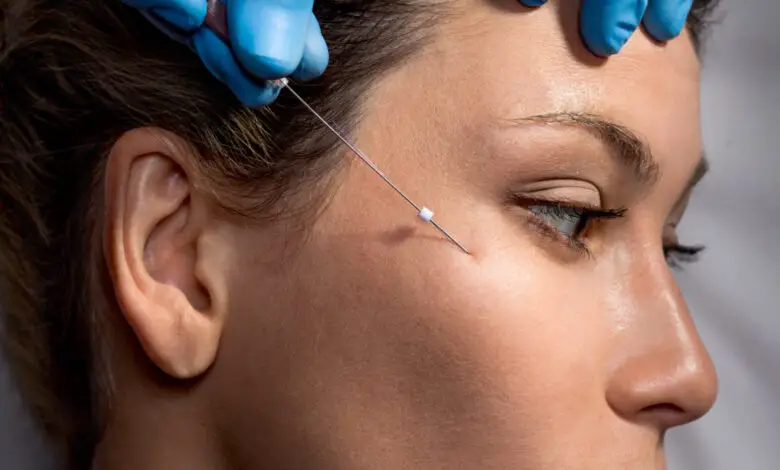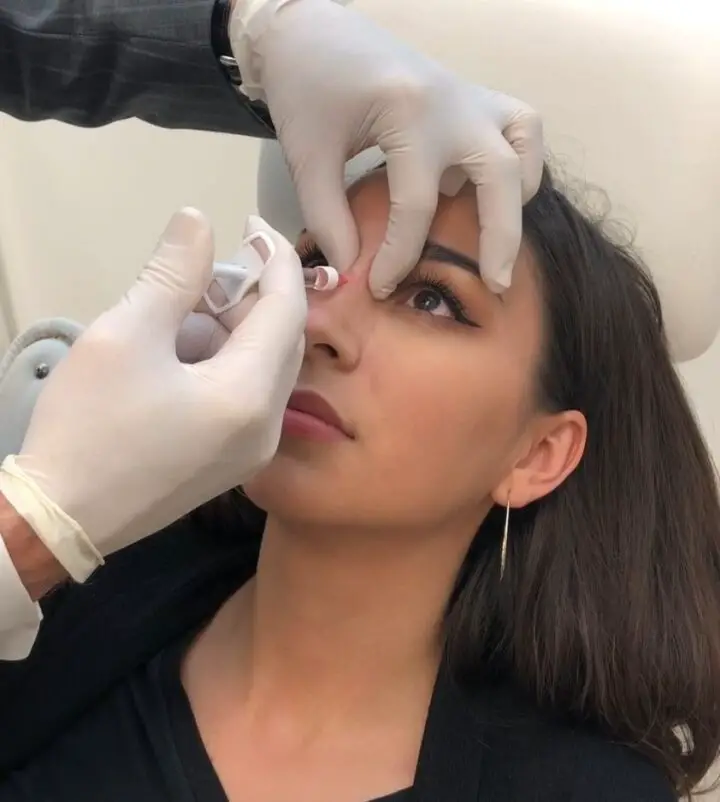Threads Versus Fillers: Comparing the Pros and Cons of Nose Fillers and Nose Thread Lift

When it comes to non-invasive ways to enhance our nose, nose thread lift is one of the crowd favorites, only closely followed by nose fillers. Nose thread lifts in Singapore have gained popularity over the last couple of years. This is primarily because of a lot of people – from local and abroad – have embraced the idea or undergoing a non-invasive procedure to augment a certain body part.
The stigma and apprehension that used to be associated with cosmetic procedures have been long gone, and it is a positive thing. In the past, if you told your friends that you were opting for an aesthetic procedure, they may regard that choice with disgust or mistrust, not understanding that the procedures are safe and replicable nowadays. You might have also been called vain or “unnatural”. However, nowadays, it is entirely common and expected for young men and ladies to opt for aesthetic treatments. Now, more people are able to enjoy cosmetic procedures with less fear and judgment, and none of the exuberant costs that were required before.
So, what are thread lifts?

Hiko thread lift has become a global game-changer when it first became available to the public. It was first seen in Korea and was a favorite amongst Korean celebrities with its sharp and defined nose bridges. Non-surgical options were unheard of then and here comes a procedure that offers the same benefits of a regular nose job – but without the need for surgery. Of course, people were instantly interested at the prospect of getting a better nose in just fifteen minutes! Hiko thread lift uses safe and absorbable threads to provide structural support to the nose. Derived from the words “high” and “ko” (the Korean term for nose), the name itself literally translates to lifting the nose.
So how does a thread lift work in improving your aesthetics?
The process starts with an initial consultation wherein salient details such as the patient’s desired outcome and cost of the procedure are discussed. You will have to undergo a medical examination to determine whether or not you are a good candidate for nose thread lifts.
The procedure is fairly simple: the doctor identifies the location on the nose where he or she will insert the threads. This is followed by the application of a numbing cream. Once the patient’s nose is numbed, a blunt metal instrument called cannula is used to create tiny holes for the threads to be inserted into. The threads are inserted via the entry points and the entire processes is finished in under twenty minutes. No downtime is required and you get natural-looking results, just like that! Sounds easy, right? This is the reason why thread lifts are often compared with nose fillers, another popular non-invasive option for enhancing one’s nose.
Threads Versus Fillers: A Decisive Battle

Nose fillers, on the other hand, can be applied on different areas of the nose. Instead of dissolvable suture materials like threads, it utilizes a naturally-occurring substance called hyaluronic acid. Nose fillers work by adding volume to areas of the nose where it has been injected. It can also improve the nose tip and the bridge, like a thread lift does. Nose fillers are ideal for smoothening bumps in the nose while a Hiko thread lift is best for enhancing a flat nose bridge. Thread lifts cannot smoothen out bumps and nose fillers, when used to lift the structure of the nose bridge, does not produce any noticeable outcome.
A nose filler can be dissolved but thread lifts cannot. When it comes to longevity, on the other hand, thread lifts are longer-lasting than fillers. There are also more risks associated with fillers than thread lifts. For example, a patient who undergoes the latter is likely to experience some bruising and discomfort for one to two days. There is a risk of infection involved, but it can easily be managed using prescribed antibiotics.
The risks of nose fillers include bruising and discomfort for the same time period (one to two days) as thread lifts but it does not stop there. Aside from infection, the biggest risk of using nose fillers is the broadening of the nose bridge and the risk of skin necrosis and loss of vision in rare cases due to the blocking of the blood vessels. This goes to show that each type of procedure has its own strengths and weaknesses. Both offers non-invasive techniques, fast results, and minimal downtime.
It is quite inaccurate to think of nose fillers and nose threads as competing treatments. Both of them have a different mechanism of action and should not be viewed in isolation from one another. Many skilled doctors will eventually decide to combine both treatments in order to achieve the optimal results. For example, nose fillers are great at improving tissue volume while nose thread lifts can also help to provide a strong support system for the tissue in order to raise the nose bridge. Ultimately, choosing between the two procedures will depend on a patient’s desired results and the doctor’s expert opinion.
At the end of the day, what’s best for me and my nose?

Nose fillers and thread lifts are so equally effective in augmenting the nose that some doctors prefer a combination of these two treatments: the threads serve as a scaffolding structure that gives height, contour, and projection to the nose while the fillers add volume to smooth out any bumps in the nose bridge. For patients who have reaped the benefits of combined treatments, it is a best-of-both-worlds scenario.
For more information about this topic, you can visit https://veritas.com.sg/nose-threadlift/

